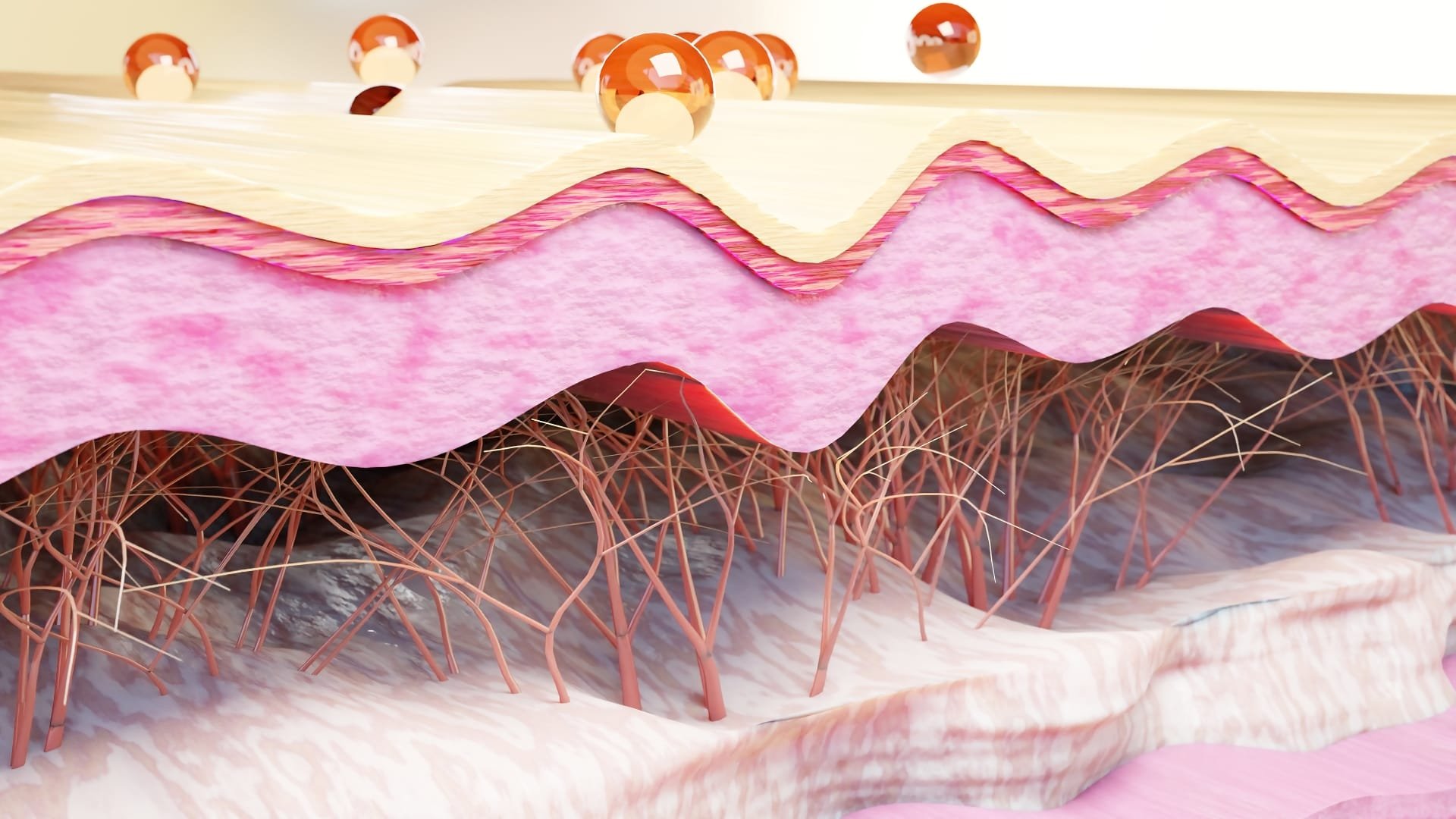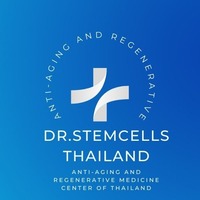Elastin (ELT)

Elastin (ELT) is a key protein found in connective tissues throughout the body, particularly in the skin, lungs, arteries, and ligaments. It plays a crucial role in providing elasticity and resilience to tissues, allowing them to stretch and return to their original shape. This property is essential for the proper functioning of various organs and systems.
Structure and Function
- Composition: Elastin is composed of amino acids, primarily glycine, proline, and valine. Its unique structure allows it to form elastic fibers that can stretch significantly without breaking.
- Elasticity: The primary function of elastin is to provide elasticity to tissues. It enables structures such as blood vessels and skin to withstand stretching and deformation while maintaining their integrity.
- Support: Elastin works in conjunction with collagen, another important protein in connective tissues, to provide structural support and flexibility.
Locations in the Body
- Skin: Elastin contributes to the skin’s elasticity and firmness, allowing it to stretch and bounce back after deformation.
- Lungs: In the lungs, elastin helps maintain the shape of alveoli (air sacs) and facilitates efficient breathing by allowing the lungs to expand and contract.
- Blood Vessels: Elastin is abundant in arterial walls, enabling them to accommodate changes in blood pressure during each heartbeat.
- Ligaments and Tendons: It provides flexibility and strength to ligaments and tendons, allowing them to withstand stress during movement.
Role in Aging and Disease
As individuals age, the production of elastin decreases, leading to a loss of elasticity in the skin and other tissues. This can result in:
- Wrinkles: Reduced elastin contributes to the formation of wrinkles and sagging skin.
- Cardiovascular Issues: Decreased elastin in blood vessels can lead to stiffness, increasing the risk of hypertension and cardiovascular diseases.
- Respiratory Problems: Loss of elastin in the lungs may impair respiratory function, leading to conditions such as COPD and emphysema.
Therapeutic Implications
Research and Clinical Trials into elastin has implications for various medical fields:
- Dermatology: Treatments aimed at enhancing elastin production or restoring its function may help improve skin elasticity and reduce signs of aging.
- Cardiology: Understanding elastin’s role in vascular health could lead to new therapies for managing cardiovascular diseases.
- Regenerative Medicine: Strategies involving Cellular Therapy and Stem Cells may focus on promoting elastin synthesis in damaged tissues for improved healing outcomes.
Conclusion
Elastin (ELT) is an essential protein that provides elasticity and support to various tissues throughout the body. Its role in maintaining tissue integrity is critical for overall health, particularly as individuals age. At DrStemCellsThailand‘s Anti-Aging and Regenerative Medicine Center of Thailand, we recognize the importance of elastin in skin health and tissue regeneration. For more information about our approaches or to schedule a consultation, please visit our website or contact our team directly.















